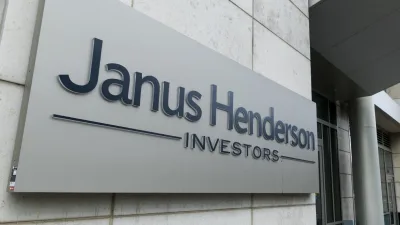Traditional asset allocation past use by date



Traditional asset allocation models have reached their ‘use-by date' and are no longer guaranteed to perform in the current economic climate and should be abandoned in favour of models that use alternative assets according to investment manager QIC.
QIC chief economist Matthew Peters said the stylised traditional asset allocation model, with 60 per cent growth assets and 40 per cent defensive assets, should be judged against its future effectiveness and would be likely to underperform in the current economic environment given its mix of equities and bonds.
"The future is rarely a simple extrapolation of the past and the traditional asset allocation model has reached its use-by date because a clutch of structural, economic and financial factors will inhibit future returns from listed equities and, in particular, sovereign bonds," Peters said.
According to Peters the real annual average return of a stylised 60/40 portfolio would fall from around four per cent to two per cent over the next five years driven by low bond market returns off the back of low but slowly rising interest rates which will lead to lower returns from bonds due to falling capital values.
Peter said QIC estimates equity returns would be sluggish as major markets in the US, Europe and Japan slowly returned to growth and stated that investors could increase equity allocation or consider increasing their portfolio's weighting to alternative assets to generate higher returns.
"Lowering the bond weighting from 40 per cent to 20 per cent and introducing alternatives to the portfolio with a weight of 20 per cent would result in our stylised portfolio generating a real annual average return of 3.5 per cent over the coming five years. This shifts the stylised portfolio return closer to the real annual average four per cent return target," Peters said.
He also stated that while allocations to alternative assets has increased and then waned in the past investors can be confident of their ability to perform in the coming years given that low yield environments seem to entrenched and asset and liability matching strategies are gaining traction among investment managers.
“An upshot is that growing investor appetite for infrastructure and real estate, in concert with an ongoing low interest rate environment, should be supportive of valuations for some time.”
Recommended for you
Global asset manager Janus Henderson could be acquired after receiving a non-binding acquisition proposal jointly from a private investment firm and venture capital firm.
Investment manager Salter Brothers has partnered with private equity firm Kilara Capital to launch an Australian sustainable investment platform focusing on decarbonisation.
Fresh off launching three active ETFs to the Australian market, Avantis Investors is already planning to expand its range with two further products next year.
Ausbil is growing its active ETF range with an ESG product in collaboration with sister company Candriam.












